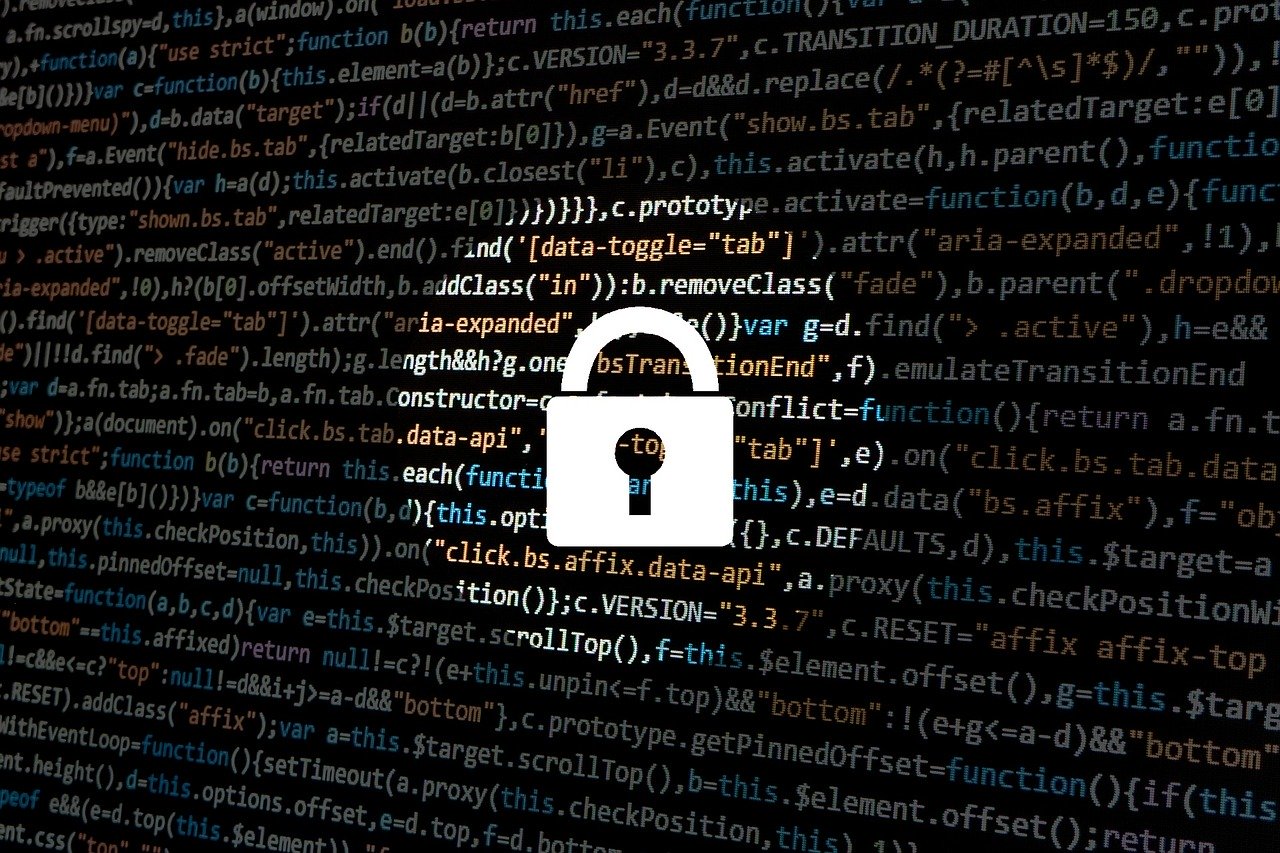From WannaCry to SolarWinds, all the cyber problems of the USA

The in-depth study by Giuseppe Gagliano
In March 2017, WikiLeaks leaked the hacking tools used by the CIA.
The intelligence agency's internal report, obtained last year by the Washington Post , accused the CIA hackers of engaging too much in "building cyber weapons at the expense of protecting their systems."
A month after the news about CIA tools leaked, a group called Shadow Brokers appropriated a powerful hacking tool and managed to steal it from an elite NSA group called "Tailored Access Operations". These tools were used by foreign actors to carry out large-scale cyberattacks, including the infamous WannaCry attacks, whose targets included US companies and government agencies.
More recently, a Russian-origin hacking attack triggered an attack on Solarwinds and an attempt by hackers to poison the water supply of a city in Florida showed just how vulnerable America is to cyber attacks on its territory.
For decades, the United States has had the most sophisticated arsenal of cyber weapons in the world. But the lack of attention to defensive measures is one of its biggest weaknesses, says New York Times reporter Nicole Perlroth.
In " This Is How They Tell Me the World Ends: The Cyberweapons Arms Race " (Bloomsbury Publishing, February 2021), Nicole Perlroth, who has been covering cybersecurity news for over a decade, says more nation states and cybercriminals they target the US with cyberattacks than any other nation, and the US is the most vulnerable because it is the most connected country.
This has not always been the case, he adds, suggesting that the United States is largely responsible for the flood of attacks.
In 2010, the United States and Israel used a computer worm known as Stuxnet to sabotage a significant portion of Iran's nuclear enrichment program, in what is widely considered the first "cyber use of force" to cause harm in the physical world. The code behind the attack ended up leaking online and hackers around the world, including Iran, were able to crack and redistribute it for their own purposes.
This sparked a cyber arms race that has never stopped since.
Since then, nearly all governments on the planet, with the possible exception of Antarctica, have continued these programs. And any government official will readily admit that the target of this attack – Iran – has achieved great cyber-attack capability in a much shorter period of time than could have been anticipated.
Countries such as Iran, Russia, China and North Korea have devoted enormous resources to their cyber capabilities and have successfully achieved American goals using tools originally designed by the Americans and their allies, as well as internally developed tools. And because it is so difficult to definitively attribute a cyber attack to a specific country, the possibility that the United States will respond with a strong offensive attack is not as deterrent as with conventional weapons.
The US is vulnerable to cyberattacks as it has long neglected the security of critical infrastructure such as power plants, hospitals and airports that an attack could devastate.
These threats are amplified by the fact that it is private companies like Solarwinds that own and operate the vast majority of US infrastructure – companies that focus on profit rather than national security of critical facilities.
Precisely for this reason, underlines the American journalist, a better synergy on information between the American government and the private sector would be necessary in relation to the cyber threats that are constantly evolving.
This is a machine translation from Italian language of a post published on Start Magazine at the URL https://www.startmag.it/innovazione/da-wannacry-a-solarwinds-tutti-i-problemi-cyber-degli-usa/ on Sat, 13 Mar 2021 10:16:07 +0000.
